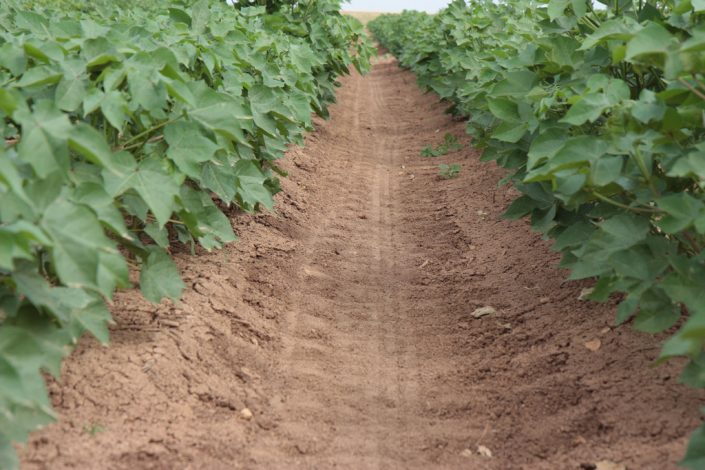Researchers are looking to soil for answers to drought, air quality

Image: Texas A&M AgriLife
As policymakers confront the challenges of severe drought and air pollution, some researchers are looking downward for solutions: to the soil.
Cristine Morgan, a professor in the Department of Soil and Crop Sciences at Texas A&M University, is working on a Texas A&M AgriLife Research project looking at what soil science might contribute to issues affecting life and human health issues.
“While we know soil water storage capacity and conductivity have a strong influence on energy fluxes, the disconnect is clear between knowledge of soil variability in the soil science community and land surface modeling activities in the atmospheric science community,” Morgan said.
She said through the use of land surface models, scientists can simulate the mass and energy fluxes between the land surface and atmosphere, providing a critical link between hydrological and atmospheric models used to predict air quality.
Hydrological and atmospheric models are used to understand implications of policy changes on the global challenges of food, water and energy security, as well as human health and biodiversity, Morgan explained.
Previous research has shown the importance of soil moisture initialization on the performance of land surface, meteorological and air quality models; yet the progress of incorporating improved soil information that improves soil moisture simulation has been stagnant, she said.
The problem, Morgan said, is the base land surface models, such as the popular Noah-MP or Multiparameterization Land Surface Model, were using outdated soil information.
Collaboration among Texas A&M, Texas Commission on Environmental Quality and the National Center for Atmospheric Research has changed that by making improvements to the limitations of soil representation in the Noah-MP model, she said.
“We wanted to put better information into these models,” Morgan said.

